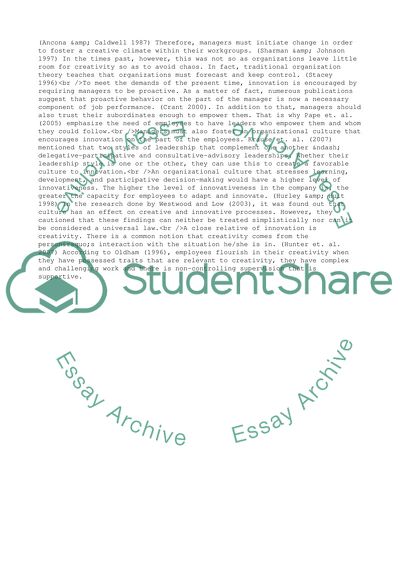Cite this document
(Business and Management (Organisational Learning and Development) Case Study, n.d.)
Business and Management (Organisational Learning and Development) Case Study. https://studentshare.org/business/1712082-business-and-management-organisational-learning-and-development
Business and Management (Organisational Learning and Development) Case Study. https://studentshare.org/business/1712082-business-and-management-organisational-learning-and-development
(Business and Management (Organisational Learning and Development) Case Study)
Business and Management (Organisational Learning and Development) Case Study. https://studentshare.org/business/1712082-business-and-management-organisational-learning-and-development.
Business and Management (Organisational Learning and Development) Case Study. https://studentshare.org/business/1712082-business-and-management-organisational-learning-and-development.
“Business and Management (Organisational Learning and Development) Case Study”. https://studentshare.org/business/1712082-business-and-management-organisational-learning-and-development.


